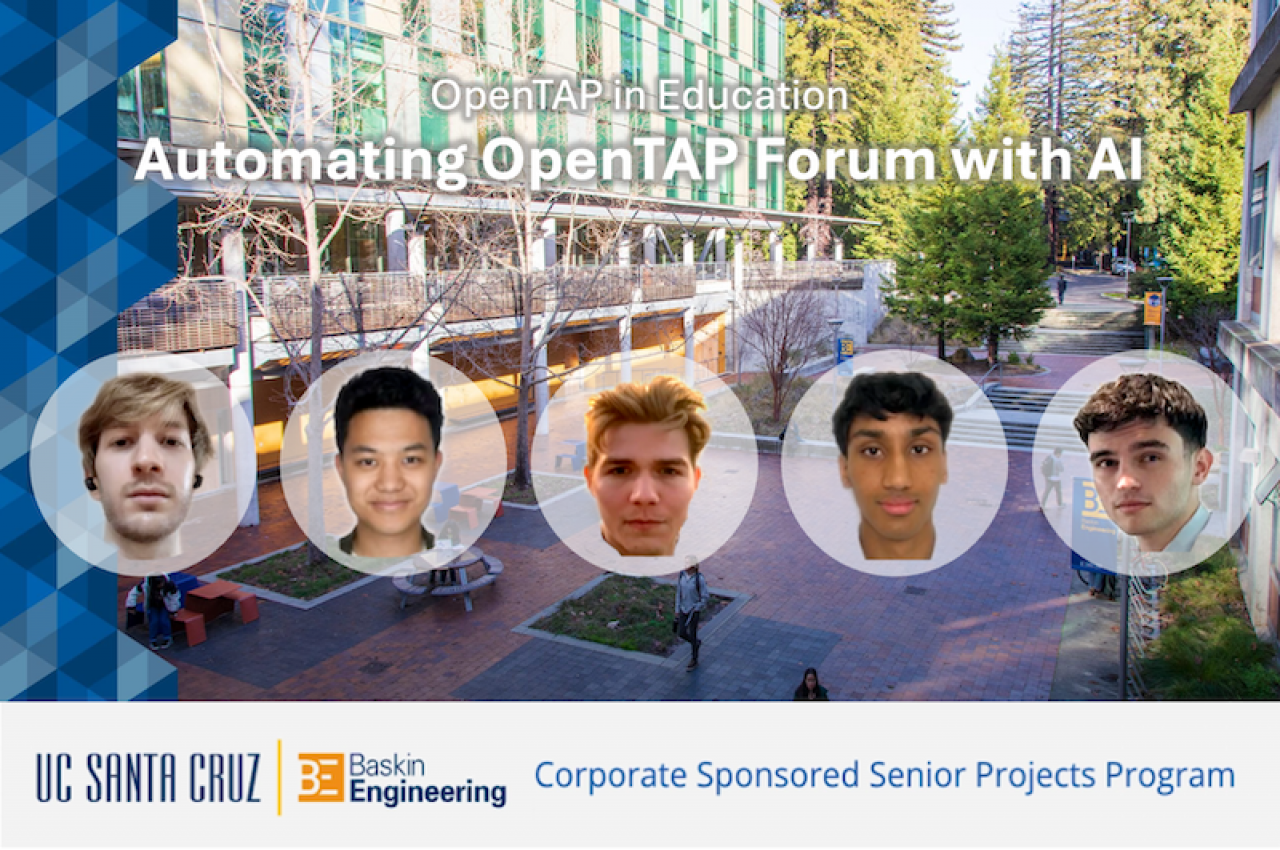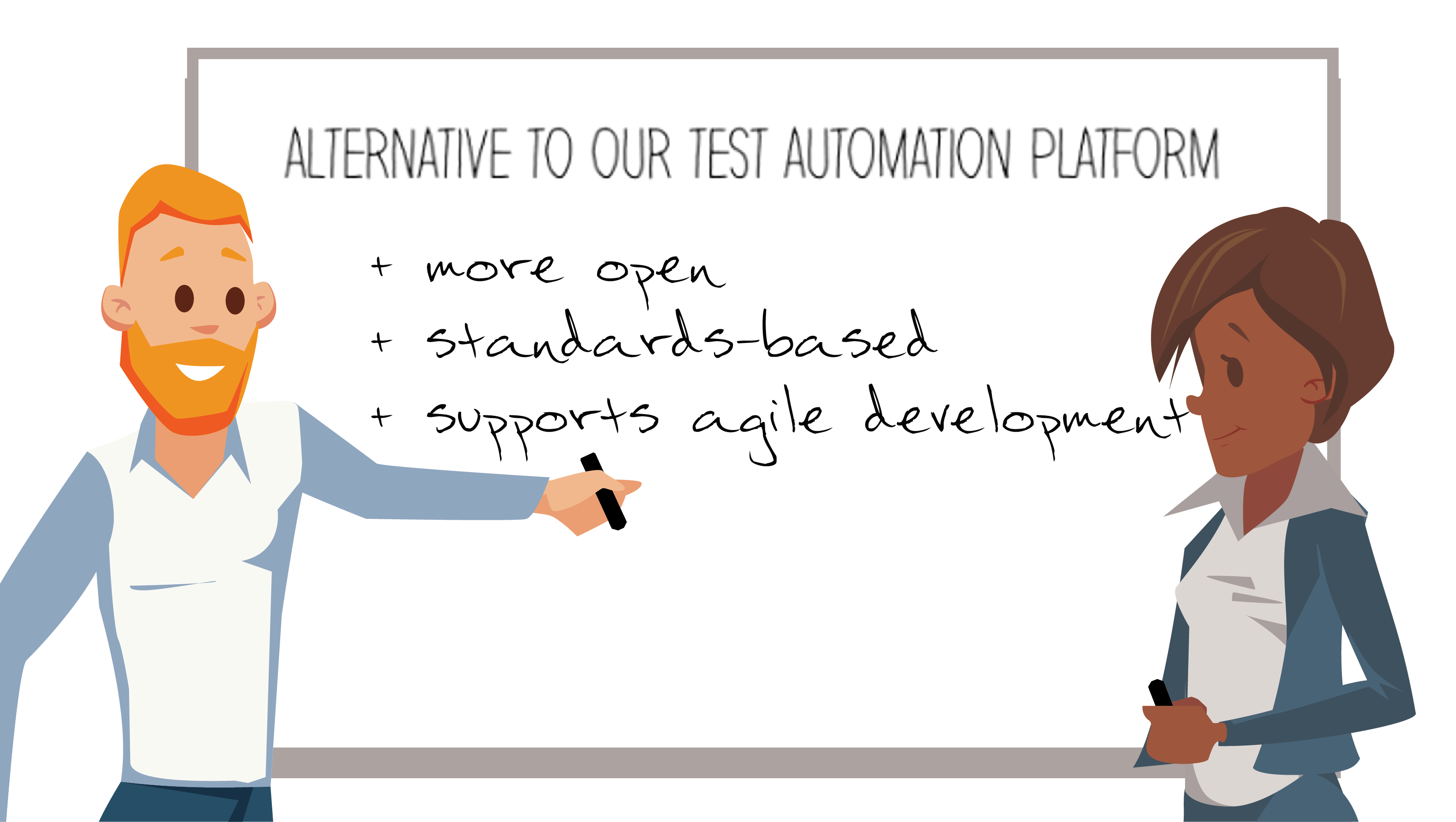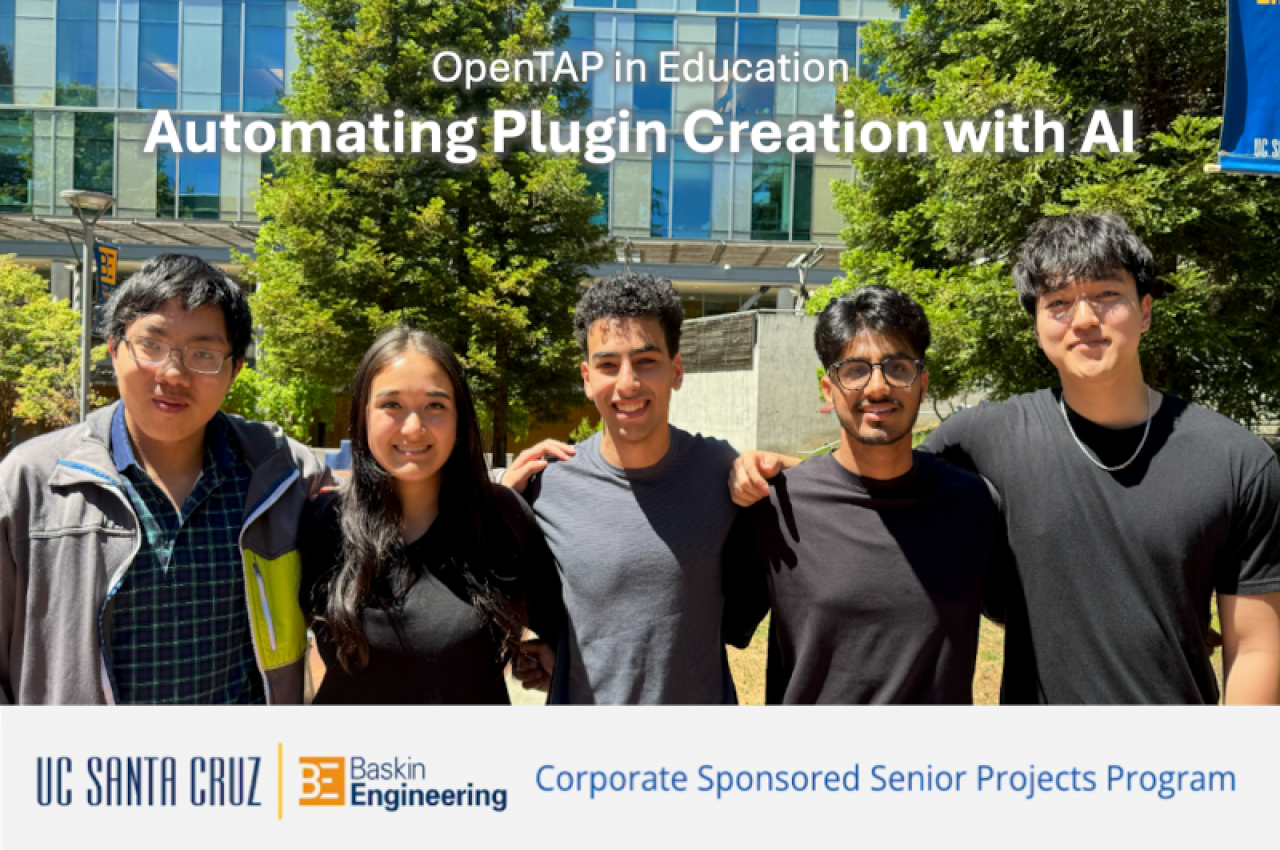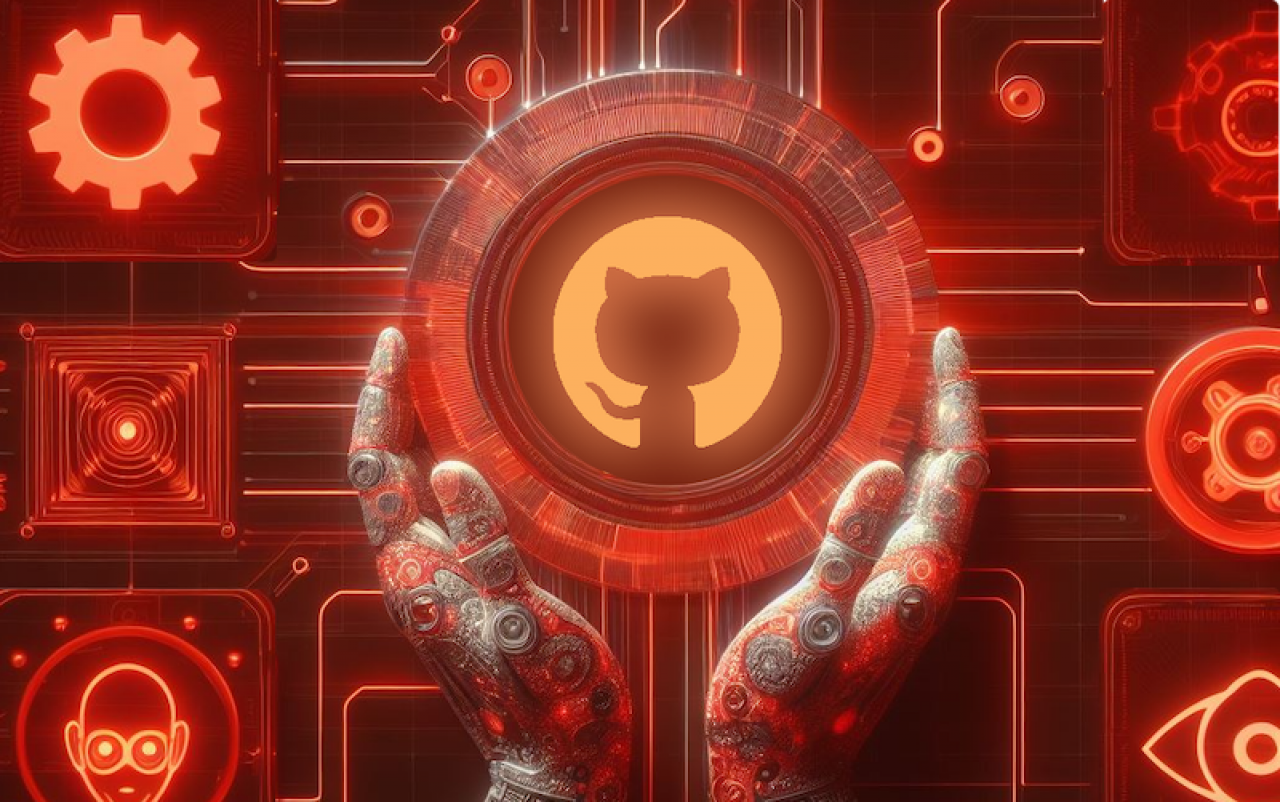
Every year for the last four, Keysight has collaborated with faculty at the University of California Santa Cruz (UCSC) Baskin Engineering School to sponsor senior projects in test automation. This year, one of those projects focused on leveraging LLMs (Large Language Models) to improve the timeliness of responses to questions on the OpenTAP Forum.



